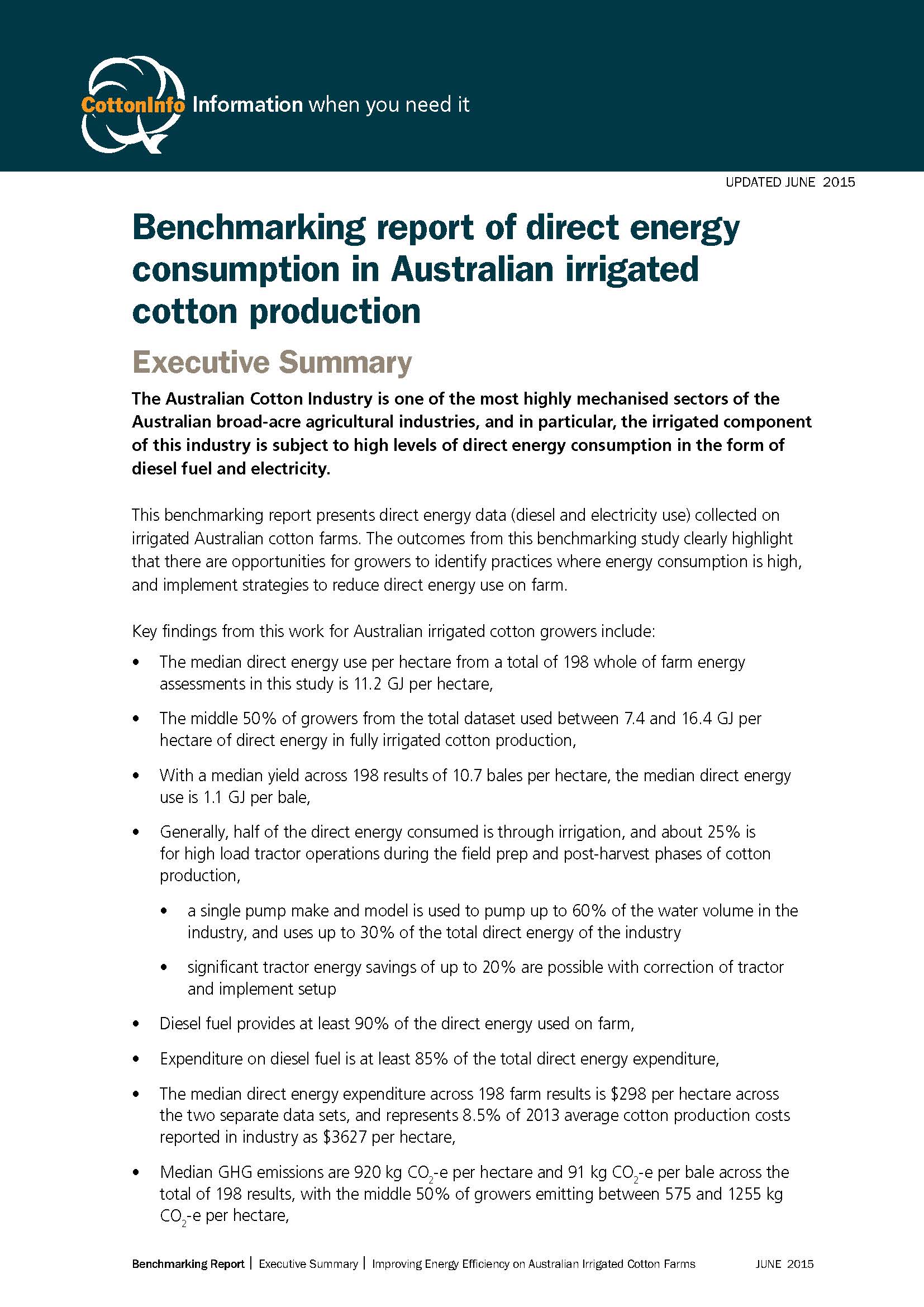Irrigation scheduling involves applying the right amount of water, in the right place at the right time in order to maximise production and improve water use efficiency.
There has been an increase in the use of super single (33 per cent planted area) row configurations in raingrown cotton in areas where rainfall is unreliable; and alternate row (50 per cent planted area) configurations instead of double row to take advantage of equidistan
Growing raingrown (dryland) cotton has become easier in recent times due to major improvements in the farming system.
This fact sheet, one of the CottonInfo Integrated Disease Management (IDM) fact sheets series, looks at the IDM strategies to control seedling diseases.
This fact sheet, one of the CottonInfo Integrated Disease Management (IDM) fact sheets series, looks at the IDM strategies to control reniform nematode.
This fact sheet, one of the CottonInfo Integrated Disease Management (IDM) fact sheets series, looks at the IDM strategies to control fusarium wilt.
This fact sheet, one of the CottonInfo Integrated Disease Management (IDM) fact sheets series, looks at the IDM strategies to control cotton bunchy top.
This fact sheet, one of the CottonInfo Integrated Disease Management (IDM) fact sheets series, looks at the IDM strategies to control boll rot, seed rot and tight lock.
This series from CottonInfo and NSW DPI outlines exotic cotton pests and diseases, including key information on what to look for, how the pest or disease is spread, and what to do if you suspect it on your farm.
There are many spraying practices that can reduce potential spray drift, such as using larger droplets, lowering boom height, slowing down and spraying during appropriate weather conditions.
This two page summary outlines the key findings and recommendations from the Farm level benchmarking report of energy consumption in Australian cotton.
If you want to produce more bales of cotton per ML of water used, an irrigation evaluation is an important tool
for improving your water use efficiency. The only way to maximise these efficiencies is to measure them.












